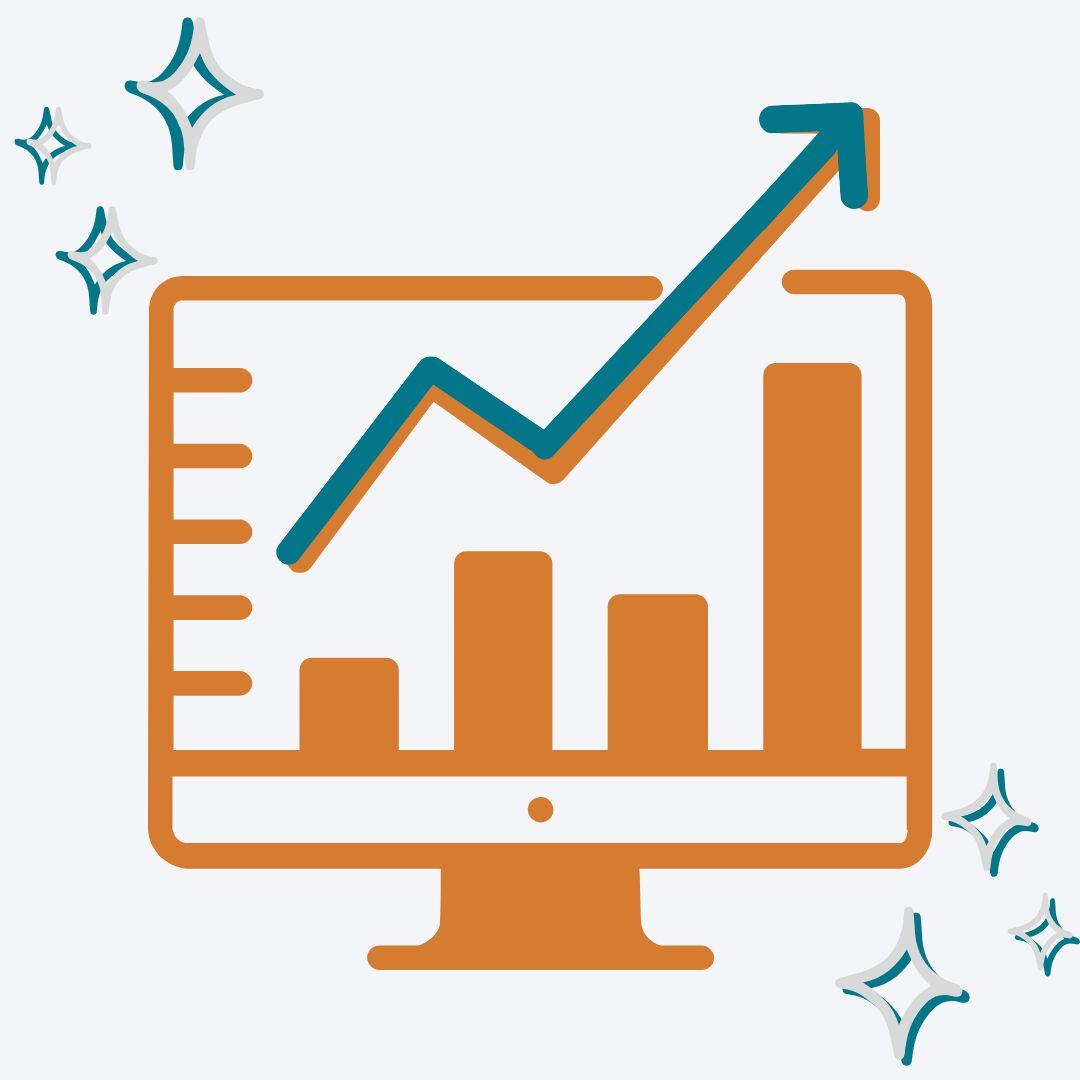- July 8, 2025
It's been a year.
As in the figurative sense of, “Wow, it’s been quite a year!”
And, in the literal sense, it has been 365 days* since stock prices reached bottom. A year since stock prices fell low enough that “the market” thought bargain prices compensated for the risk of buying rather than selling. A year since a decline no one saw coming ended and a year since the recovery no one saw coming started. A year since things seemed so risky that it’s hard to reconcile how stocks rose so much in an environment filled with so much fear and uncertainty.
Consider for a moment the similarities and differences between now and a year ago. Despite the passage of a year and meaningful progress toward fighting the pandemic, we still face many similarities. We’re still living in pandemic circumstances, we don’t know exactly when it will end, we can’t freely spend time with family, friends, and colleagues, and the list goes on.
As we’ve (unfortunately) become accustomed to many of the similarities, the differences might be more striking. We are likely closer to the end than we are the beginning. A year ago the biggest (economic) concern was that the economy would grind to a halt. One could say that it nearly did for a brief period. Now one of the biggest economic concerns is that growth is going to overheat and cause inflation (more on the inflation topic next month, but if you’re interested now see here and here).
A year ago we wondered how far stock prices could fall. Now, after a near 80%(!) rise from the bottom and dozens of new all-time highs, the concern is that bond prices are falling due to rising interest rates. Bonds rose when stocks fell last year. This reversal is a sign that markets (and the benefits of asset allocation) are working as intended – a feature rather than a bug in financial markets.
The large technology stocks that led the market before the pandemic began, and again as the recovery began, faltered and now lag small cap stocks, value stocks, and even some international stocks that quietly pulled ahead when no one expected it. This again is a sign that markets are working as intended – the same stocks don’t go up forever, but there’s no buzzer that indicates a changing of periods like in a hockey game.
As we have adapted our lives to different circumstances, so did the way businesses operate. This has been true for large publicly traded companies searching for ways to grow their earnings. It has also been true for small businesses searching for ways to solve new problems. New business formation increased from the strong economy in 2019 to the challenging economy of 2020. New challenges create new opportunities. Corporate earnings didn’t go to zero.
The changes that have taken place over the last year are nothing short of remarkable. But that’s certainly not to say that it’s going to be smooth sailing from here. As I wrote shortly after the recovery began, the market never gives an all-clear notification that its ok to invest. A much more eloquent writer and speaker, David Kelly, Head of Global Markets at JP Morgan Asset Management, has cited an Irish proverb that says the time to fix the roof is when the sun is shining, because it’s going to rain again.
Regardless of the metaphor, having a plan for our investments before a crisis, or any event out of our control, arrives is what prepares us for success. It might be less exciting than chasing GameStop, AMC and BlackBerry stocks as they defied gravity in January, but the last year has once again reconfirmed what ultimately leads to the best investment outcomes:
- The right amount of your portfolio to invest in stocks is the amount determined by your plan. No more, no less. Regardless of external factors.
- The answer to uncertain or challenging markets is diversification. It always is.
It’s a simple formula but often hard to execute. We have been, and still are, living through the quintessential external shock to our economy and financial markets. As remote as it seemed a year ago, businesses and consumers have adapted. New profit-generating problems have been solved. This drives risk-taking, which is rewarded with a return on capital. This formula has survived every crisis.
Thanks for reading.
*The closing low for the S&P 500 and most other major indices was March 23, 2020.

Matt Weier, CFA, CFP®
Partner
Director of Investments
Chartered Financial Analyst
Certified Financial Planner®




